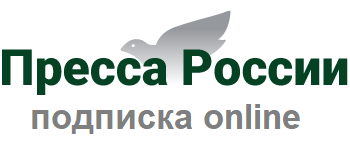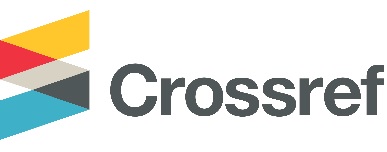The article highlights the possibilities of using the vegetation index NDVI to assess the spatial heterogeneity of the thickness of the fertile layer of technologically disturbed soils. The role of the remotely determined NDVI indicator is known as an indicator of soil fertility, however, no similar studies have been conducted on the territory of Perm region on technologically disturbed soils. The aim of the study was to assess the spatial heterogeneity of the thickness of technologically disturbed soils of Perm region using the NDVI spectral index. The object of research is the soil cover of technologically disturbed land plots in the village of Kukushtan, Perm region. Initially, the soil cover of the land was represented by light gray forest soil. Then, from 2011 to 2018, a construction site was located on the plots for the reconstruction of E-242 Perm–Yekaterinburg highway. The period of industrial soil removal was established according to remote sensing data – Landsat 5 and Sentinel 2. Measurements of the thickness of the fertile layer were carried out in digging at each site. A comparison of ground based measurements with remote sensing data indicates a close relationship between the fertile soil layer and the NDVI vegetation index. A reliable correlation of these indicators is the strongest at the initial stages of the formation of the vegetation cover of technologically disturbed soils. The thickness of the fertile soil layer positively affects the magnitude and dynamics of NDVI. Based on the established relationship between ground-based measurements and NDVI, a soil contour is identified that needs to be added to fertile soil.
Keywords: fertile soil horizon, land reclamation, NDVI, Perm region, remote sensing dataAll articles can be accessed under Creative Commons Attribution 4.0 International Public License (CC BY 4.0).












